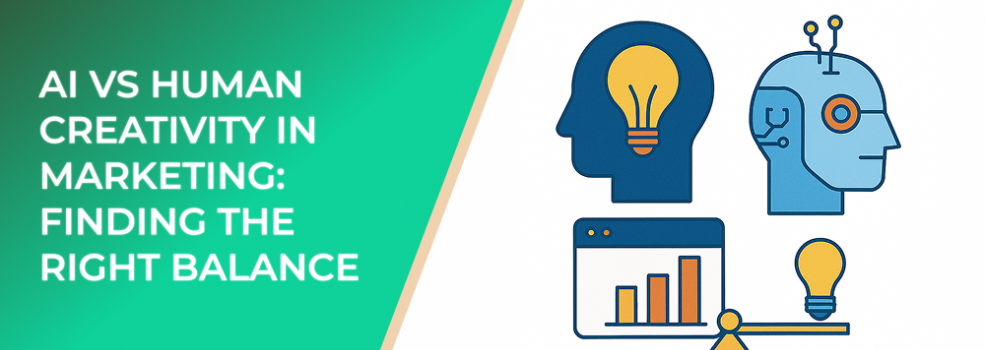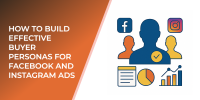The marketing landscape has evolved rapidly with the rise of artificial intelligence (AI). From content generation to customer analysis, AI is reshaping how brands engage with their audiences. Yet, the human element—creativity, emotion, and intuition—remains irreplaceable. The question isn’t whether AI will replace humans in marketing but how both can complement each other to produce better results.
1. The Power of AI in Marketing
AI empowers marketers with data-driven insights and automation capabilities that improve efficiency and personalization. According to Salesforce, 80% of marketing leaders already use AI tools to analyze customer behavior and optimize campaigns.
Key Strengths of AI:
-
Data analysis and segmentation: AI can process massive datasets to identify patterns and trends that humans might miss.
-
Automation: It streamlines repetitive tasks like ad placement, A/B testing, and audience targeting.
-
Personalization: AI enables hyper-personalized campaigns by predicting customer behavior and preferences.
For instance, LeadEnforce uses AI-powered audience analytics to help marketers target specific groups more effectively, improving conversion rates while reducing wasted ad spend.
2. The Role of Human Creativity
While AI handles logic and efficiency, human creativity delivers emotion and storytelling—two elements that drive brand connection. A study by Ipsos found that emotional ads are twice as effective as rational ones in building long-term brand value.
Human Creativity Adds:
-
Emotional resonance: Humans can evoke empathy, humor, and inspiration that algorithms can’t replicate.
-
Strategic insight: Marketers understand cultural nuances and psychological triggers.
-
Authentic storytelling: Human ideas bring originality and identity that build brand loyalty.
3. Where AI and Humans Work Best Together
The real magic happens when AI and humans collaborate. AI offers precision and predictive power, while humans shape narratives that connect. Together, they create campaigns that are both efficient and emotionally powerful.
Examples of synergy include:
-
AI analyzing audience data to reveal interests and habits, while humans design creative campaigns that speak to those insights.
-
AI optimizing ad delivery and timing, while humans craft visuals and messaging.
-
AI predicting which creative elements perform best, while humans refine them for brand alignment.
A report by McKinsey shows that companies combining AI with human creativity see up to 30% higher marketing ROI compared to those relying solely on automation or intuition.
4. Finding the Right Balance
The balance between AI and human creativity depends on your marketing goals:
-
For data-heavy campaigns, lean on AI for targeting and analytics.
-
For branding and storytelling, rely on human emotion and originality.
-
For scalability, let AI handle automation while creative teams focus on innovation.
A practical approach is to let AI inform decisions while humans interpret insights and apply creative judgment.
5. LeadEnforce: Empowering AI-Driven Creativity
LeadEnforce combines data intelligence with flexible tools that enhance human decision-making. Its AI-driven audience analytics and behavioral targeting help marketers refine strategies while maintaining their creative edge. By merging technology and creativity, businesses can craft campaigns that connect meaningfully with audiences.
Final Thoughts
AI is revolutionizing marketing, but human creativity remains the soul of every successful campaign. When brands balance automation with imagination, they gain efficiency, insight, and authenticity—all essential for long-term success.
Related Articles from LeadEnforce:

